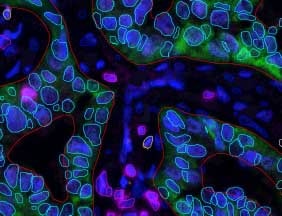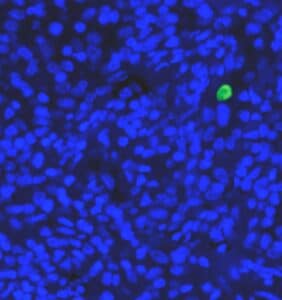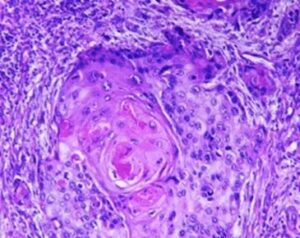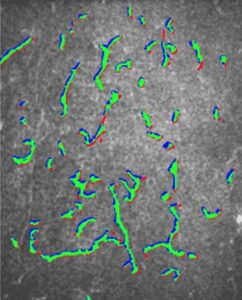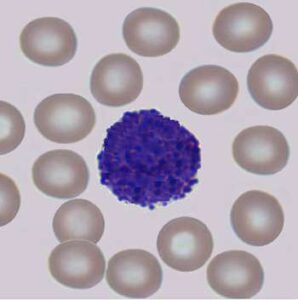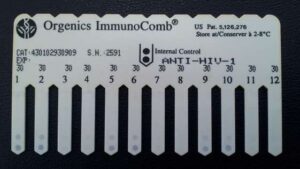A scientific identification of the blood composition is performed by chemical means, by which antibodies for specific cell types serve as indicators for their presence and concentration. However, pathologies are many times suggested by abnormalities found in cell morphologies (enlarged nuclei, smaller overall size, etc.). Such morphological changes are usually examined in tissue biopsy by microscopic inspection for solid tissues. In the case of blood cells, morphological abnormalities need to be examined manually under the microscope in a drop of blood. However, this process is largely inefficient.
.
Automatic cell classification software
Automatic means to inspect and recognize blood cells can be achieved by computer vision and machine learning techniques. A cell classification software, built with algorithms dedicated to this process, identifies cells based on their morphological features. These features are extracted from an image of cells and fed to a machine learning classifier to obtain the final classification. By these means, blood count can be made quickly and efficiently. When blood is drawn from patients, it can be led to pass through a narrow hose, allowing the passage of only few cells at a time. A camera mounted above the hose records the blood as it flows and transmits the images to an image processing module for the extraction of features in individual cells.
.
RSIP Vision’s cell classification software
RSIP Vision has constructed a software package, allowing the recognition and count of cells based on their morphology. Machine learning algorithms were trained in collaboration with experienced hematologists, to produce a recognition rate above 97%, identifying and counting basophils, eosinophils, lymphocytes, monocytes and neutrophils. Our algorithm far exceeds the speed at which a human can classify cells, and the accuracy rates obtained place our algorithm as the state-of-the-art in its domain.
Detection of abnormalities in terms of cell number or morphology provides means to construct an alert system for the test and pass the result to further expert examination. Our cell classification software produces detailed, efficient and effective classification of a large number of cells at a time, enabling faster cancer detection.
We’ve been developing image processing software for the biomedical industry for many years. You are welcome to contact our experts to discuss how we can help you meet your R&D challenges!

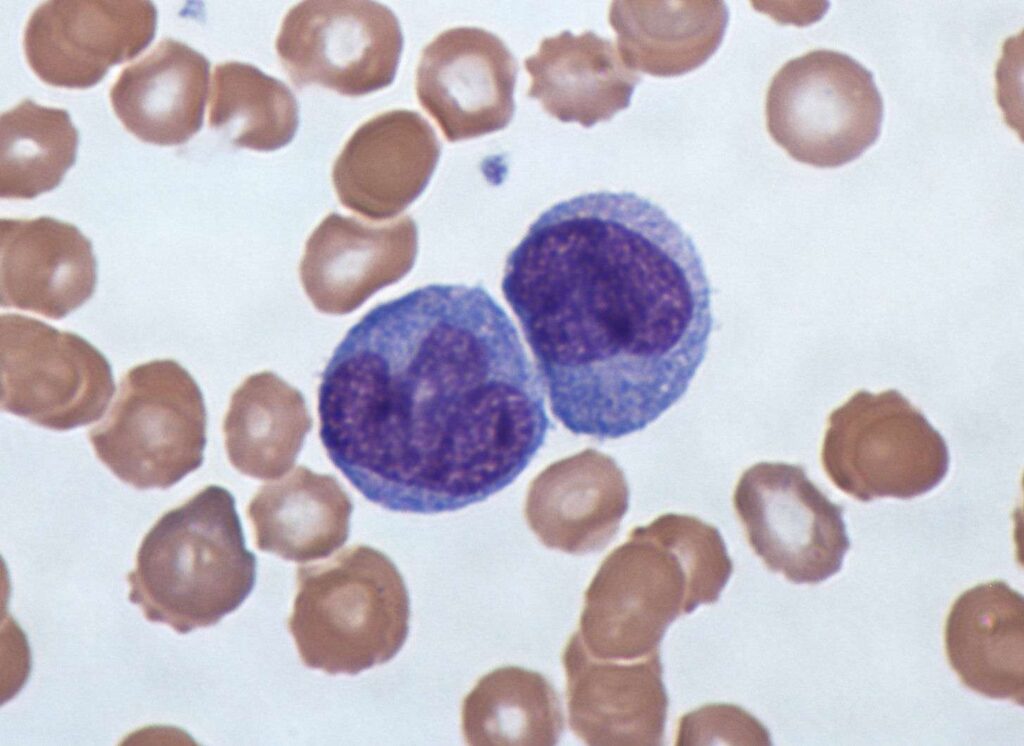
 Microscopy
Microscopy